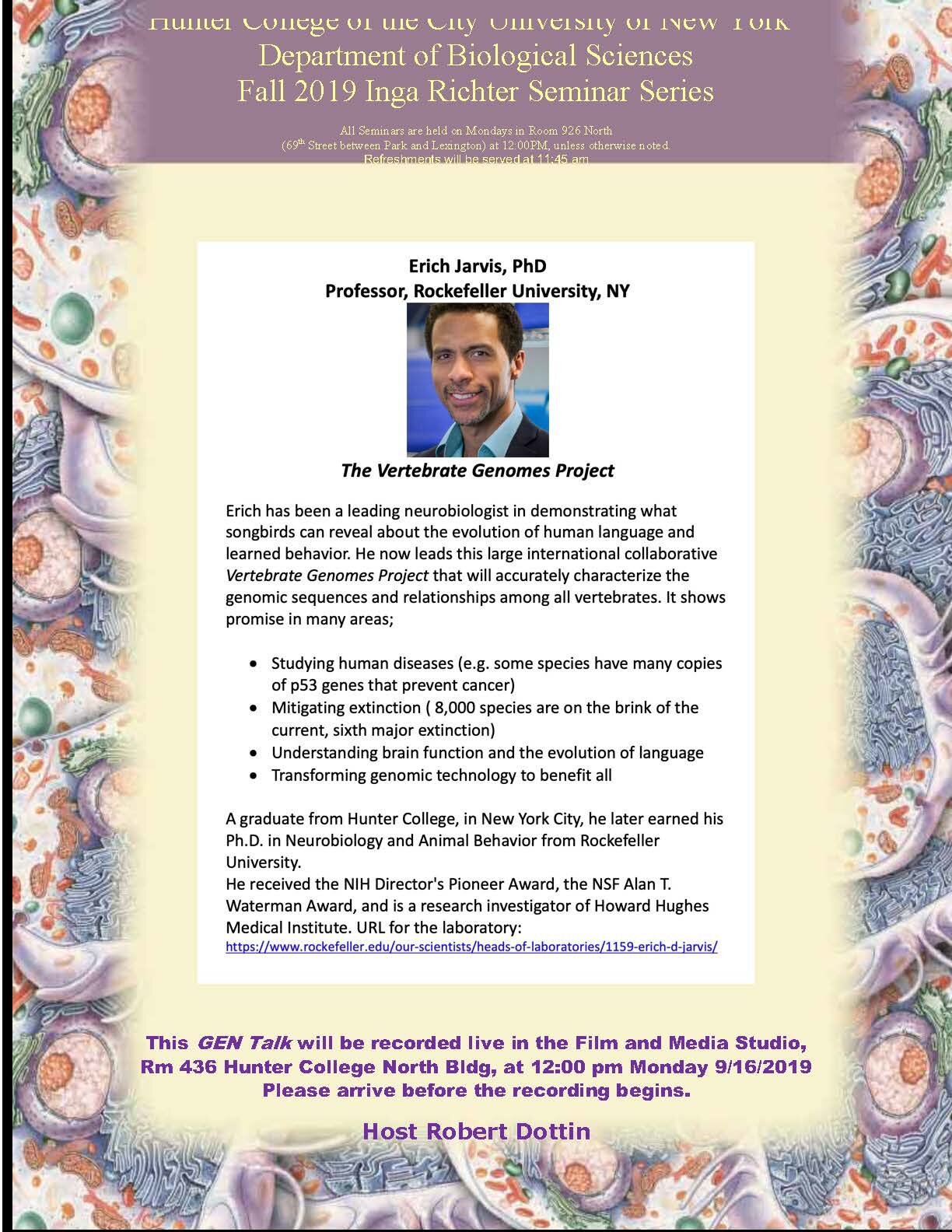We’re off to the Society for Neuroscience meeting in Chicago. If you’re at the meeting, you can find Becky presenting her collaborative work with Dr. Nesha Burghardt and our lab during Sunday’s morning poster session, and Carolina, Rebecca, and Itzik (showing his work done in collaboration with Dr. Tracy Dennis-Tiwary’s lab) in Tuesday’s afternoon session.
October 20, 8am - 12pm
151.15 Serotonin input to the dorsal BNST contributes to sex differences in fear learning
R. Ravenelle, H. Yoon, E. Likhtik, N.S. Burghardt
Tuesday, October 22, 1-5pm
593.22 Infralimbic projections to the basal forebrain regulate fear extinction recall.
C. Fernandes-Henriques*, R. Zhang-Shen*, I. Grunfeld, M.B. Corniquel, N. Burney, S.X. Lei, M. Labkovich, D. Semidey, E. Likhtik
593.23 Auditory safety training improves novel auditory discrimination learning and sensory discrimination curves.
I. Nahmoud, J.G. Vasquez, H. Cho, T. Dennis-Tiwary, E. Likhtik








